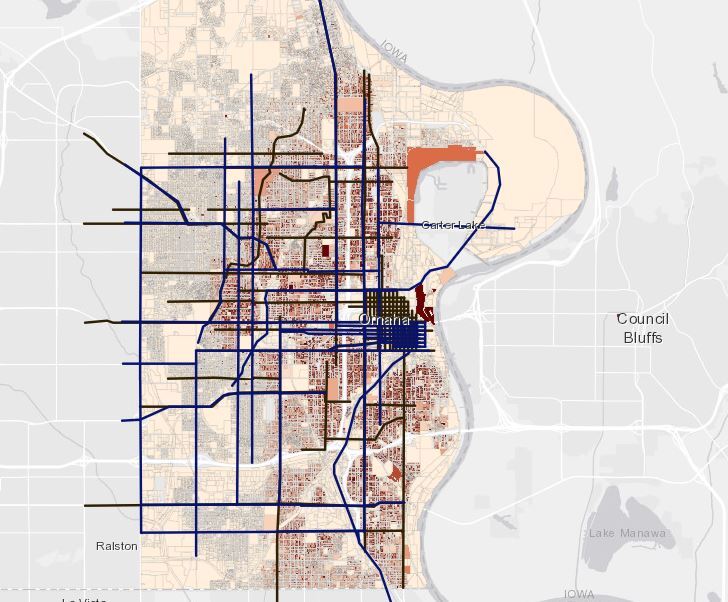Geographic Exposure to Leaded Gasoline
Tetraethyllead (or leaded gasoline) was sold within the United States from 1921 to the late 1990s (EPA. “EPA Takes Final Step in Phaseout of Leaded Gasoline.”). As the automobile began to take the United States and the world at large by storm, lead exposure, especially within cities, skyrocketed. The rise of the automobile entailed greater pollution in cities. Rapid suburbanization in the Postwar Period promised a better life for some, but did little to solve the pollution problem in the central cities. In fact, it exacerbated the problem. Suburbanites continued to work (and drive) in the urban core, but escaped the worst consequences when they return home. Suburbanization, thus, displaced the environmental costs of transportation to city dwellers.
Segregation in American cities had long racialized environmental inequalities, but white flight, beginning in the 1920s and continuing through modern times supercharged the issue of lead exposure. White flight is a term used to describe white people leaving the inner cities for suburban expansions, and influencing zoning laws and neighborhood associations to only allow white residents in these new areas. Highways connected suburban residents to urban centers, which resulted in disproportionate pollution for increasingly marginalized, non-white, and/or impoverished neighborhoods in city centers. Omaha, Nebraska is an exemplar of these trends. Although the city has always been predominantly white, communities of color suffered disproportionate exposure to lead, especially from gasoline. White flight within Omaha lead to many traffic studies within the city to discover what would be the best placement for new highways and where they were needed as people moved out of the city (Howard, Needles, Tammen & Bergendoff). Many of these studies were completed and the highways that were built contributed to development issues, especially within North Omaha as it was cut off from the city center.
This project is inspired by the work of Dr. Leif Fredrickson, and aims to explore the exposure of urban Omaha residents throughout the time period where leaded gasoline was in use. It employs GIS buffer analyses of historical street and census data, historical articles on the effects of lead (specifically within gasoline), and scholarly studies to examine who has historically been and is currently most affected by historic use of tetraethyl leaded gasoline.
